Unlocking the magic of Eilean Shona
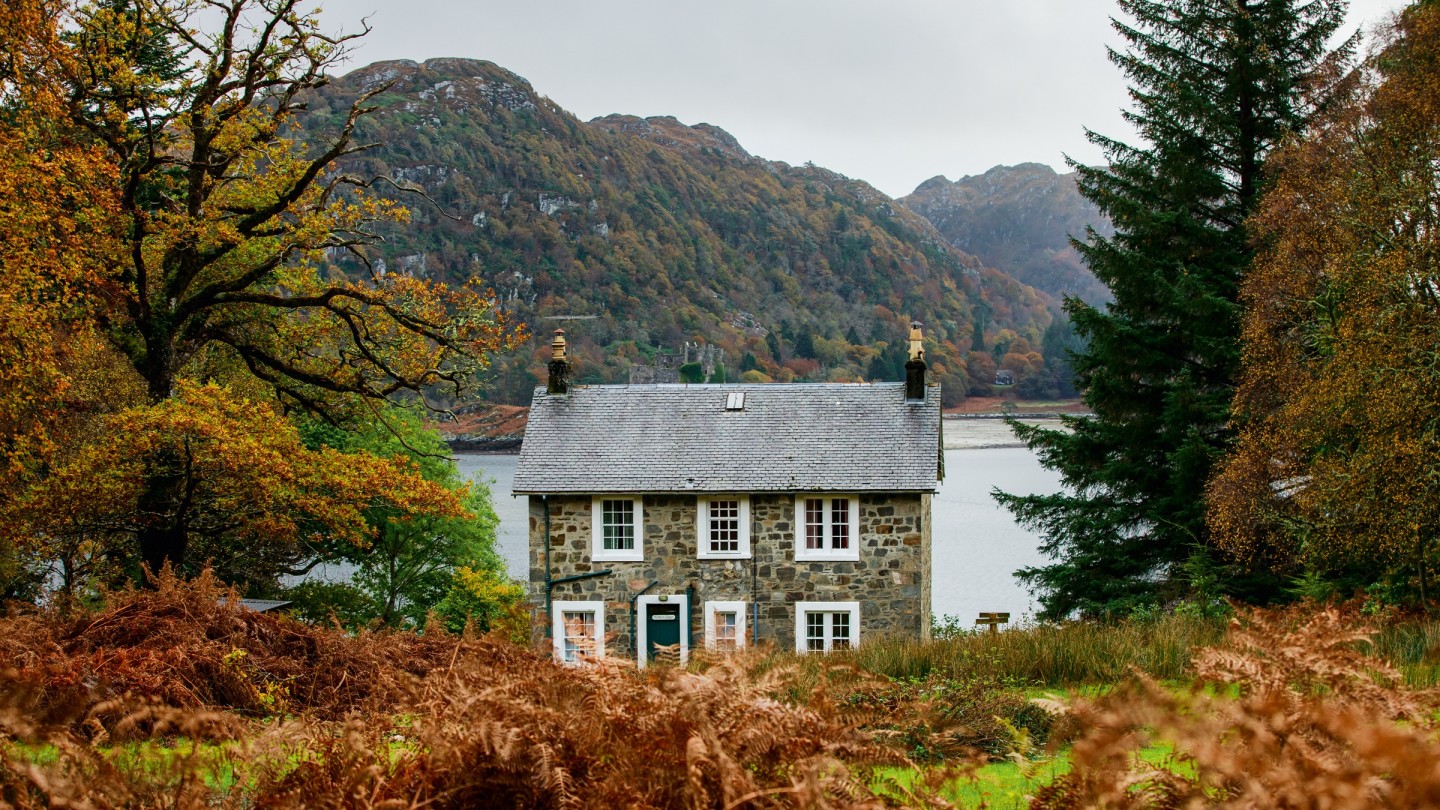
Roula Khalaf, Editor of the FT, selects her favourite stories in this weekly newsletter.
It was JM Barrie who first captured Eilean Shona, a tidal island in Scotland’s Inner Hebrides. Here the Scottish novelist found solace in isolation; the pine-clad landscape conjured images of mythical creatures and wild beasts. “This is a very lovely spot, almost painfully so,” Barrie wrote upon visiting the island in 1920. “It almost taketh the breath away to find so perfectly appointed a retreat on these wild shores.” A few days later he started the screenplay for Peter Pan.
Barrie is one of many creative talents to have frequented Eilean Shona. The 19th-century artist James Abbott McNeill Whistler painted solemn landscapes here. Victorian architect Alexander Ross, credited with moulding the city of Inverness, built the old schoolhouse, now a secluded holiday home. And more recently Kate Winslet has taken to holidaying in one of the island’s nine cottages. It’s fitting, then, that Eilean Shona will soon play host to a new residency programme for contemporary sculptors, a collaboration between Vanessa Branson, the island’s owner, and Caroline Worthington, director of the Royal Society of Sculptors.
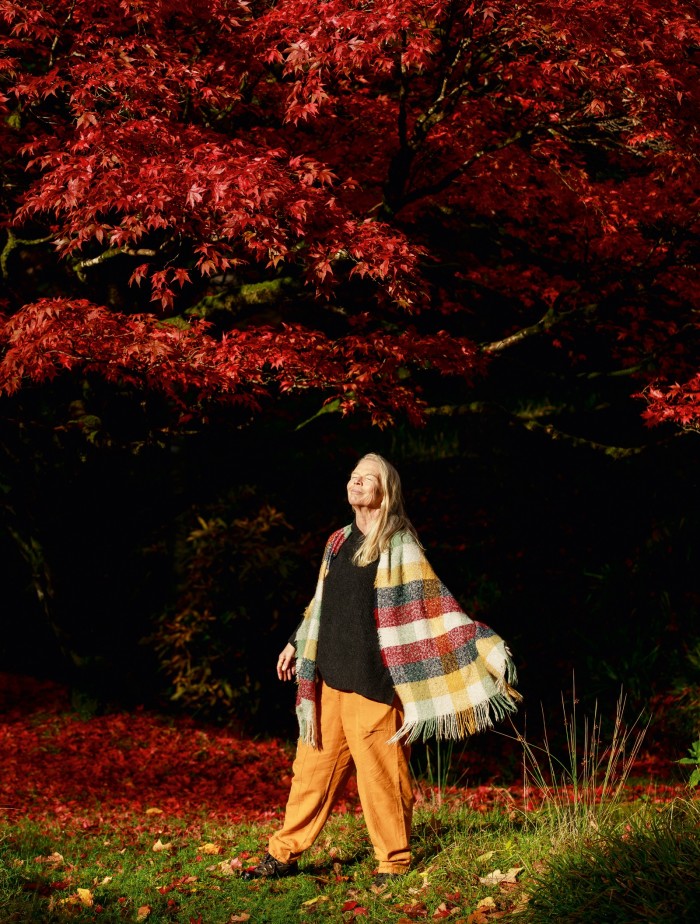
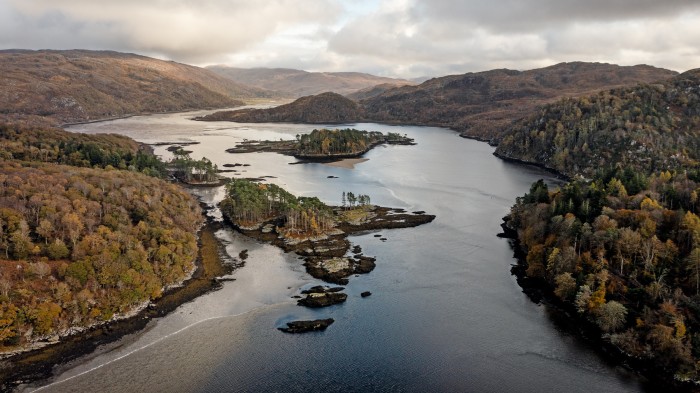
Launching in March, the programme will host one artist on Eilean Shona for four weeks out of the year. Their home for the month will be Red Cottage, a small stone building set high up in the woods, its two large windows serving as frames to the indigo loch below. Aside from a few pine martens and Branson herself, the 2,000-acre island will mostly be deserted: the intention is for the artist to be totally undisturbed. “It’s a moment in time that’s for just themselves,” says Worthington, who first met Branson at an event organised by the Association of Women in the Arts two years ago. “People might want to take their work in different directions but don’t quite know how to get there. This is an opportunity to do just that.”
Branson – the arts entrepreneur (and sister of Richard) behind cultural projects such as the Wonderful Fund Collection, the 1980s Portobello Arts Festivals and the Marrakech Biennale – first came to the island in 1995. The decision to buy it was initiated by her then husband; Branson, being heavily pregnant at the time, was ambivalent. “I didn’t need another responsibility,” she says. Her gallery, Vanessa Devereux, had closed a few years prior to the visit, and the couple already had three, nearly four children. But Branson was quick to change her mind. Within a few weeks, the day before her youngest son was born, the sale – reported to be around £1.3m – went through. (Branson would later buy out her husband’s share following their divorce.) “It is, quite frankly, the most beautiful place I’ve ever seen – bar none,” she says, recalling summers spent painting, shucking oysters and watching resident sea otters. “When you’re on it, you feel completely remote; you’re cut off.”
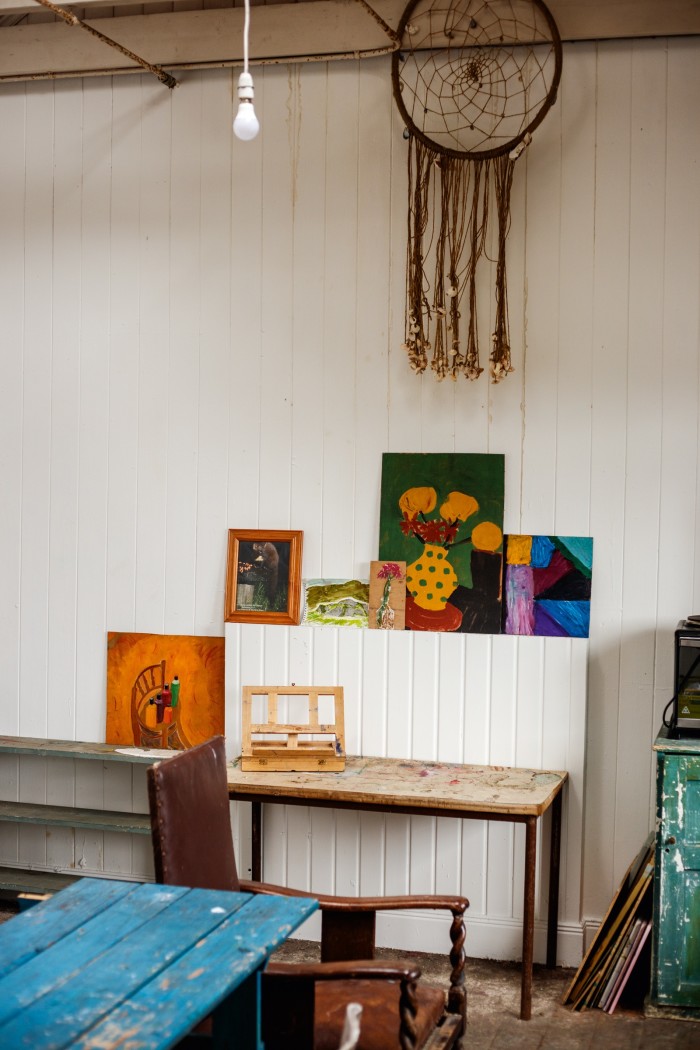
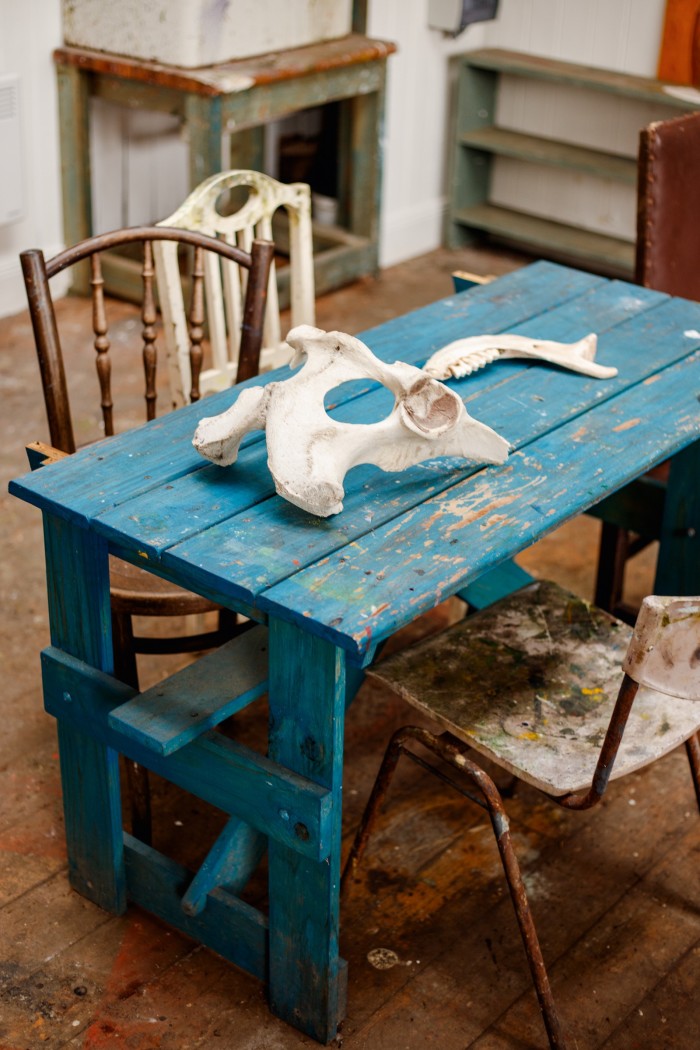
Given the island’s history, the decision to implement an arts programme was a natural one. (The creative angle also suited Branson who, along with her business partner Howell James CBE, transformed a dilapidated palace in central Marrakech into the design-filled El Fenn hotel in 2002.) Writing retreats and workshops – one of which is offered as a scholarship – have been a staple since 2016, while Branson has hosted a series of informal residences going back about 15 years. “Artists leave a lovely shadow behind, a lovely trace, wherever they go,” she adds, “there’s always a story to tell when artists have been somewhere.”
Those artists’ traces can be found all over the main house. Flotsam sculptures by Beezy Bailey grace mantelpieces; a family portrait by Chantal Joffe hangs unassumingly; and there’s a collection of charcoal drawings by William Kentridge, whose first international exhibition was staged by Branson. “It seems to be a lucky island for people,” she says. In fact, she adds, “I always feel that I don’t really own Eilean Shona because I can’t take it away anywhere – we’re just looking after it for our tenure… It feels good to give other people opportunities. You can’t just sit there and keep everything to yourself. But it also just enriches our stew, and the conversations around it. It’s really good fun.”
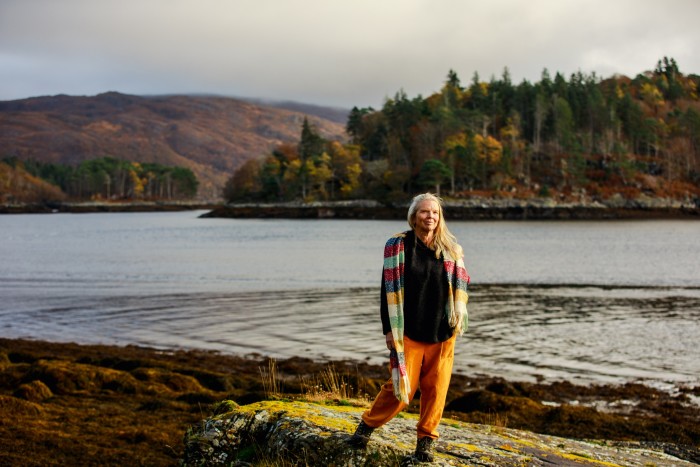
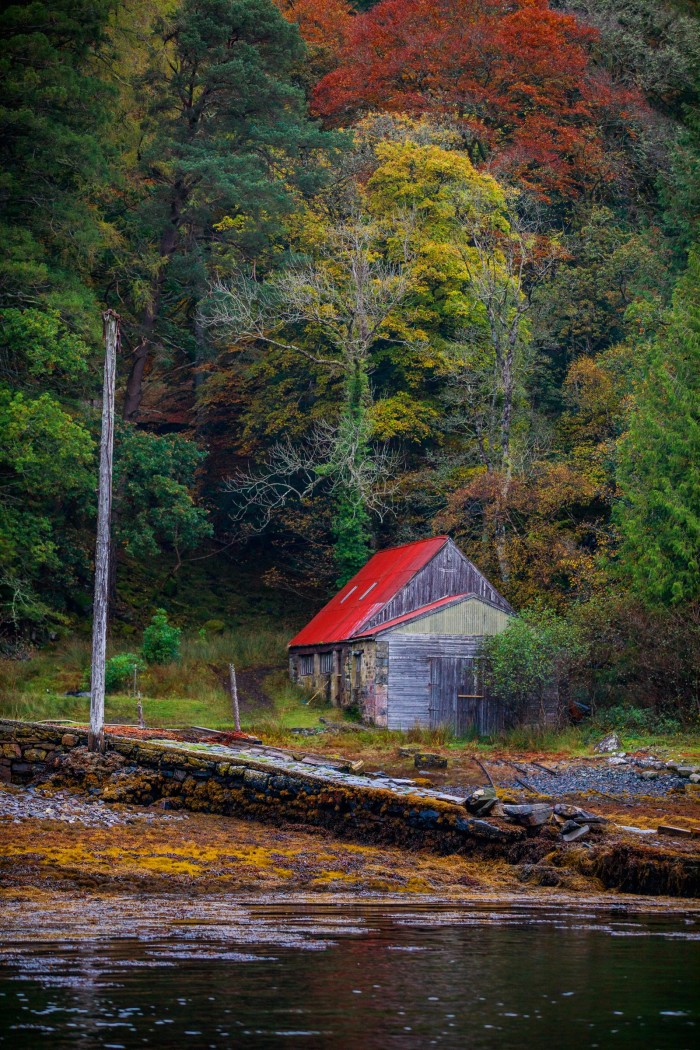
Artist residencies have helped nurture the careers of artists including Joan Mitchell, an alumna of Michigan’s Ox-Bow School of Art & Artists’ residency; Jeremy Shaw at the Caribic Walking Residency; and Alex Katz, who attended Skowhegan, a nine-week programme in rural Maine, in 1949. But like many creative support systems, these funds have been cut dramatically during the pandemic: according to Res Artis, a worldwide network of residencies, 54 per cent of programmes were cancelled, cut short or postponed in 2020. One in 10, meanwhile, were closed for good. Eilean Shona is one of a handful of new locations working to claw that number back.
Crucially, the residency is without expectations; the chosen sculptor will be free to create work as they please. Both Branson and Worthington are equally keen for the new programme, as with all of the Society’s residencies – currently there are two others, in Grizedale, Cumbria and The Red House in Suffolk – to be more about the environment than the artwork. “We like to tell [artists] that there’s no pressure to make anything,” adds Worthington. “You’re not working to a deadline; there’s no exhibition scheduled at the end. Just take the time for reflection.”
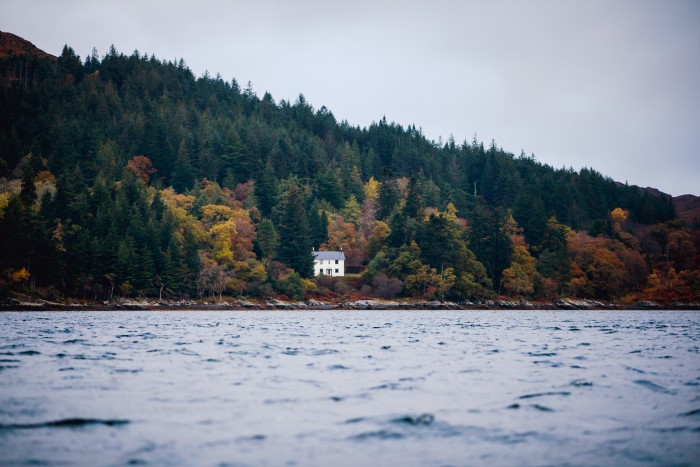
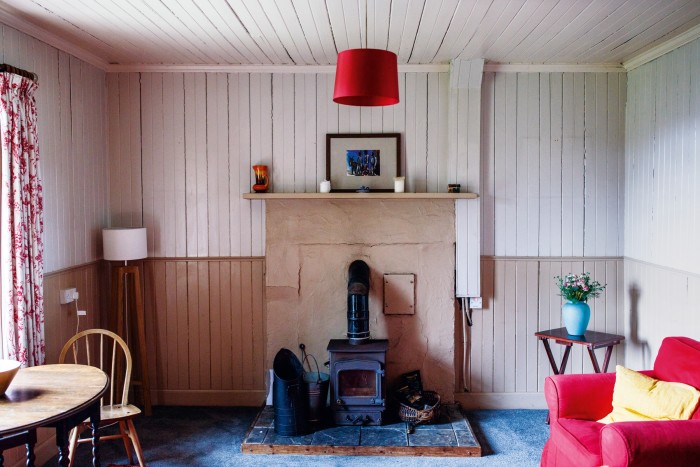
As a partnership with the Royal Society of Sculptors, the residency is open to one of its 650 members, a group of professional artists – among them Hamish Black, who created the giant bronze doughnut on Brighton’s beachfront, and Isobel Smith, best known for her sculpture-led performances – based across four different continents. (Applicants can apply for membership twice a year, in March and September, and are voted in by a board of established members.) This year’s resident – set to be decided next week – will be selected by Branson and Laura Ford, a sculptor and senior board member. “I myself have had breakthrough moments in my work after being on similar immersive residencies,” says Ford. “They gave me the space to daydream and to experiment away from my usual environment.”
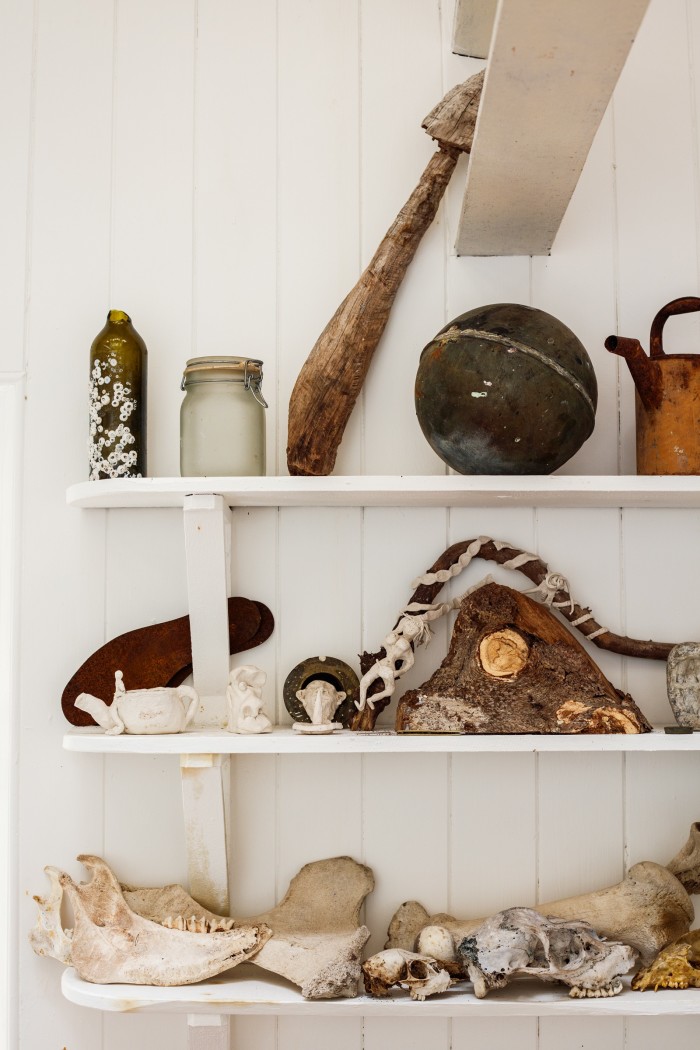
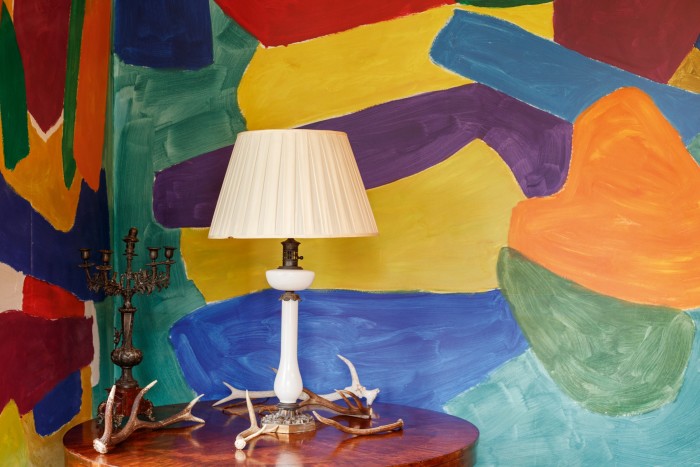
The only thing that appears to take precedence over art is the act preserving the island itself. “Over the years it’s become more of a nature reserve than anything,” says Branson. “Our environmental focus has been very much about regeneration – keeping the deer down, replanting a lot of trees – and allowing Mother Nature to do what she does best.” Recently the area has been affected by violent storms, a side effect of climate change that has left Branson with a number of fallen trees. Her solution is to work these into the new programme, with the hope – for the first residency at least – being to find an artist with experience in working in wood.
In time, Branson wants to expand the programme beyond the island’s shores, by asking artists to give talks at local schools on the mainland. But until then, the agenda is as boundless and unbridled as Eilean Shona itself. “We can just offer artists a place to be,” she concludes. “Get away, feel loved and held for a bit.”
Comments